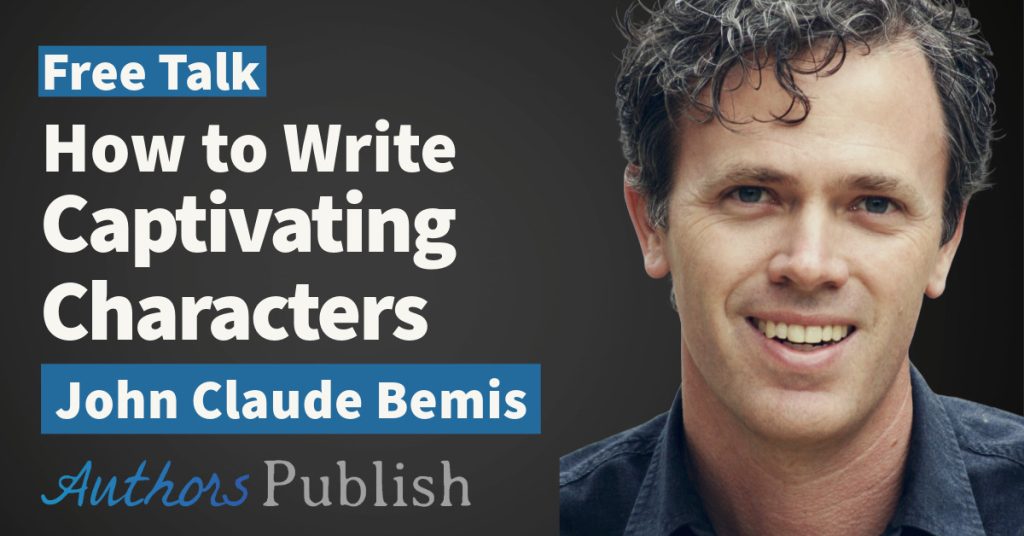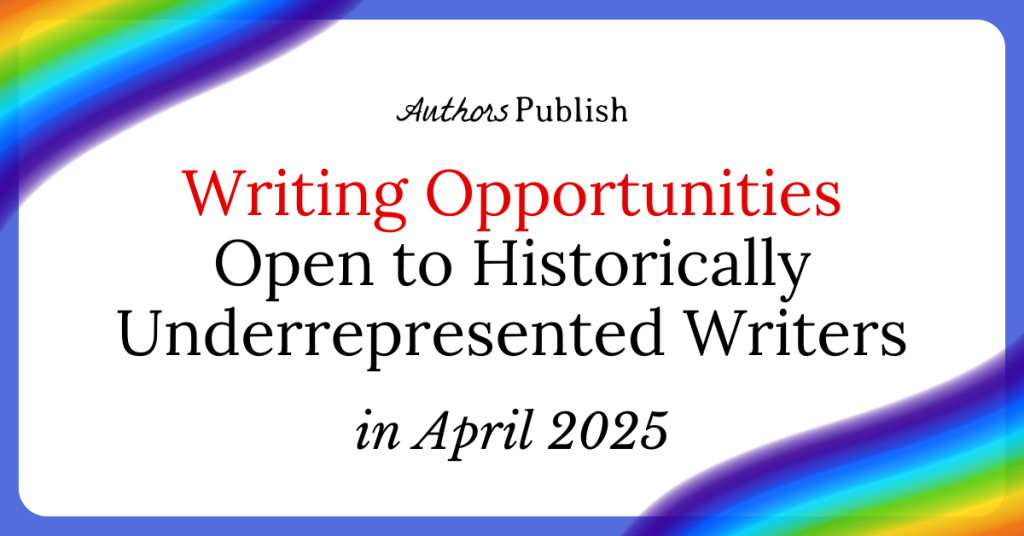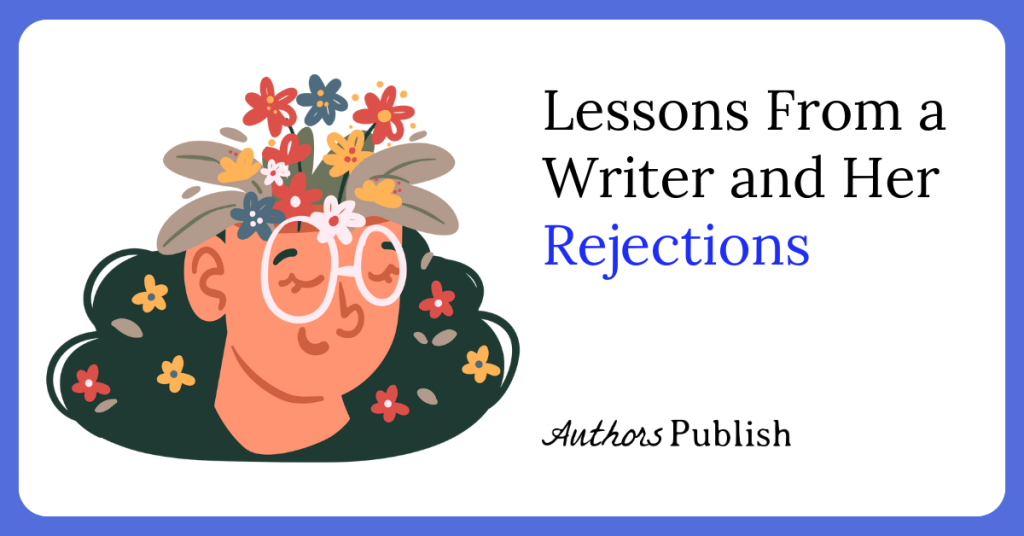I am starting off this article with a disclaimer. This article is not going to tell you what publishing trends are up and coming. I don’t know if books about rock stars are going to be the new YA trend or not. That isn’t my area of expertise, and frankly it is not where my interest lies. I am glad I don’t know what the next big thing will be, it makes life more exciting.
This article is all about the trends I have observed in the publishing industry, in terms of manuscript publishers, self publishing, and literary journals over the last year or so. The key word in the previous sentence is “I”. This article reflects my personal opinion and what I have noticed.
Because I write a review of a publisher every week for Authors Publish, I spend a lot of time researching publishers and publishing. As a professional submitter for literary journals I submit to over 400 literary journals a year, which means I spend a lot of time exploring that world as well. I also receive hundreds of emails every year about publishing at support@authorspublish.com.
Below are all the trends that I have noticed developing over the last year. Some I hope will stop, others I hope will continue.
1. The Euphoria of Self-Publishing is Wearing Off
We used to publish an article about self-publishing and there would be a huge click through rate. Not so much anymore. We receive a lot fewer emails about self publishing in general.
I am not saying huge numbers of writers are not self publishing, because they are. What I am saying is this: There is generally less enthusiasm about it. Writers are much more likely to approach self-publishing with a level head, not assumptions of success. This is healthy and to be expected.
2. Independent Publishers Are Becoming More Likely To Be Closed to Unsolicited Submissions
In the last year or so about eight independent publishers that I had previously reviewed closed their doors to unsolicited submissions. They now only accept submissions from agents. This is unfortunate, because it is largely the more established independents that are doing this.
3. Digital First Imprints are Increasing
The funny thing about more smaller publishers closing to unsolicited submissions is that more of the Big Five Publishers now have imprints that are open to unsolicited submissions. These are largely digital first, which means that while an eBook is guaranteed a print book might not be, unless the eBook sells well.
4. More Literary Journals Are Charging Reading Fees
We have been talking about this for a long time, and if you are interested in learning more about how reading fees work, this article is for you. I am not surprised this issue is continuing to be a large one. What I particularly dislike is the fact that more brand new journals are charging submission fees right from the beginning, even though they have no track record.
5. Anthologies Are Starting to Charge Reading Fees
Before this year anthologies that charged reading fees were few and far between. This is partially because anthologies are usually looking for work on a theme for a relatively small window of time, so they have fewer submissions. It is also because anthologies tend to be published by publishers who know that they can cover their costs with their sales.
This year I would say 1 of the 8 calls for anthology submissions I encountered charged a fee. Most of those publishers charging a fee were not even offering money to the authors whose work they accepted. One anthology editor who charged for submissions referred to anthologies that operated this way as a “cash cow.”
6. No Time For Rejections
More presses are setting a deadline, sometimes a month, other times six, but always less than a year, where if you have not heard from them, you should consider yourself rejected. This is also becoming a more common policy for literary journals and magazines as well. I generally don’t mind this trend (a canned rejection letter is a canned rejection letter) but I do find it problematic when the press says they send out rejections, but they do not. If a press is upfront about this policy and offers a timeline, I think it works, although it is not ideal.
7. Print Journals: Rarer and Rarer
A lot of print journals are now electronic, partially or completely. New journals are much more likely to be electronic. If the publisher has extra money it goes towards Submittable or paying contributors, not into putting together a print issue. Even universities are now switching to the online only literary journal model. Electronic issues are more likely to have more readers. Additionally it is a lot easier, not to mention cheaper, to run an electronic journals.
8. Forums are the New Watchdog sites
Preditor & Editor, the publishing watchdog site, officially went on an indefinite hiatus recently, but it was a long time coming. Even major publishers like Harlequin and Chronicle Books had statuses that were out of date for years. It is really too bad.
Their apparent replacement has largely become forums, which are unorganized, unfiltered, unverified, but often hold great information, if you know how to find it. I have been using forums for years and my personal favorite is the Water Cooler (at Absolute Write).
Are there any trends you have noticed in publishing that I have not mentioned here? Do you have any additional feedback? Please send me an email at support@authorspublish.com.






